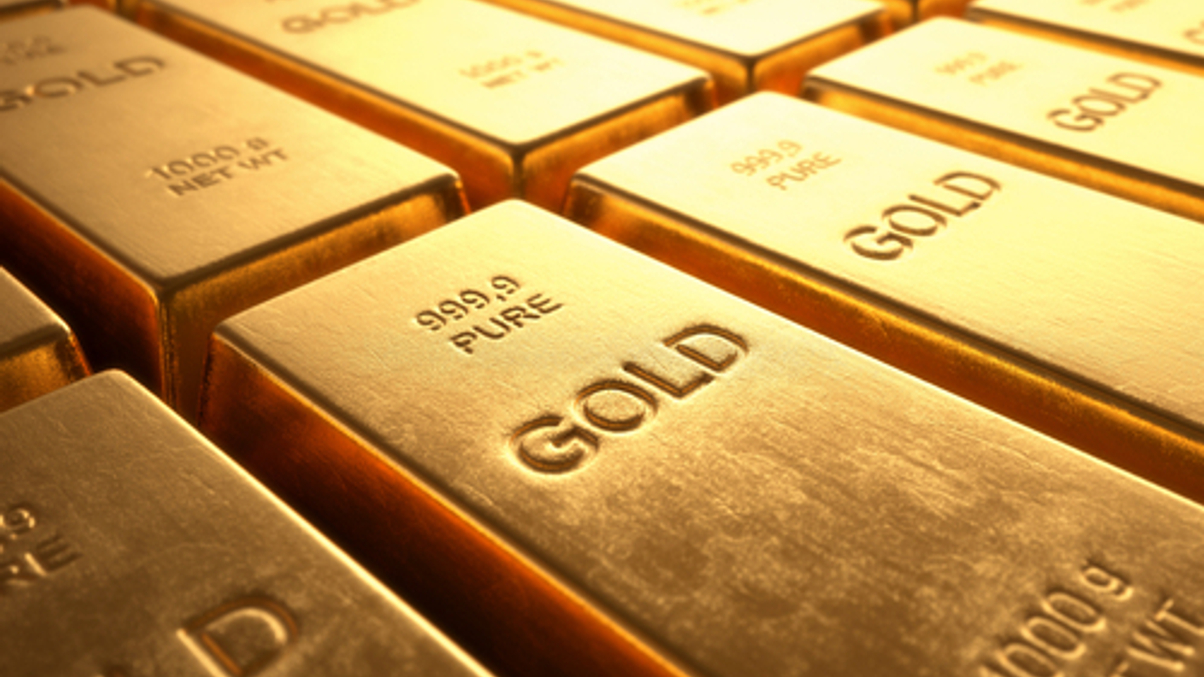Market Views: Is gold a good bet right now?
The yellow metal has gained lustre among investors amid the prevailing low-rate environment and global geopolitical uncertainties – how high could it go?

Investors shying away from global volatility have found some refuge in gold.
Sign in to read on!
Registered users get 2 free articles in 30 days.
Subscribers have full unlimited access to AsianInvestor
Not signed up? New users get 2 free articles per month, plus a 7-day unlimited free trial.
¬ Haymarket Media Limited. All rights reserved.


